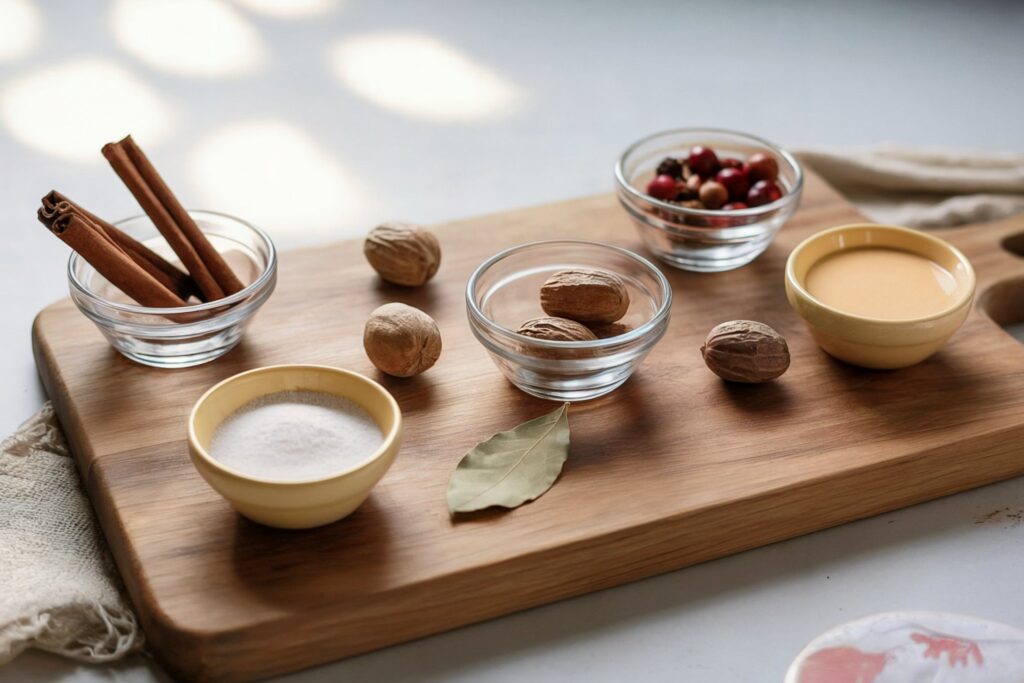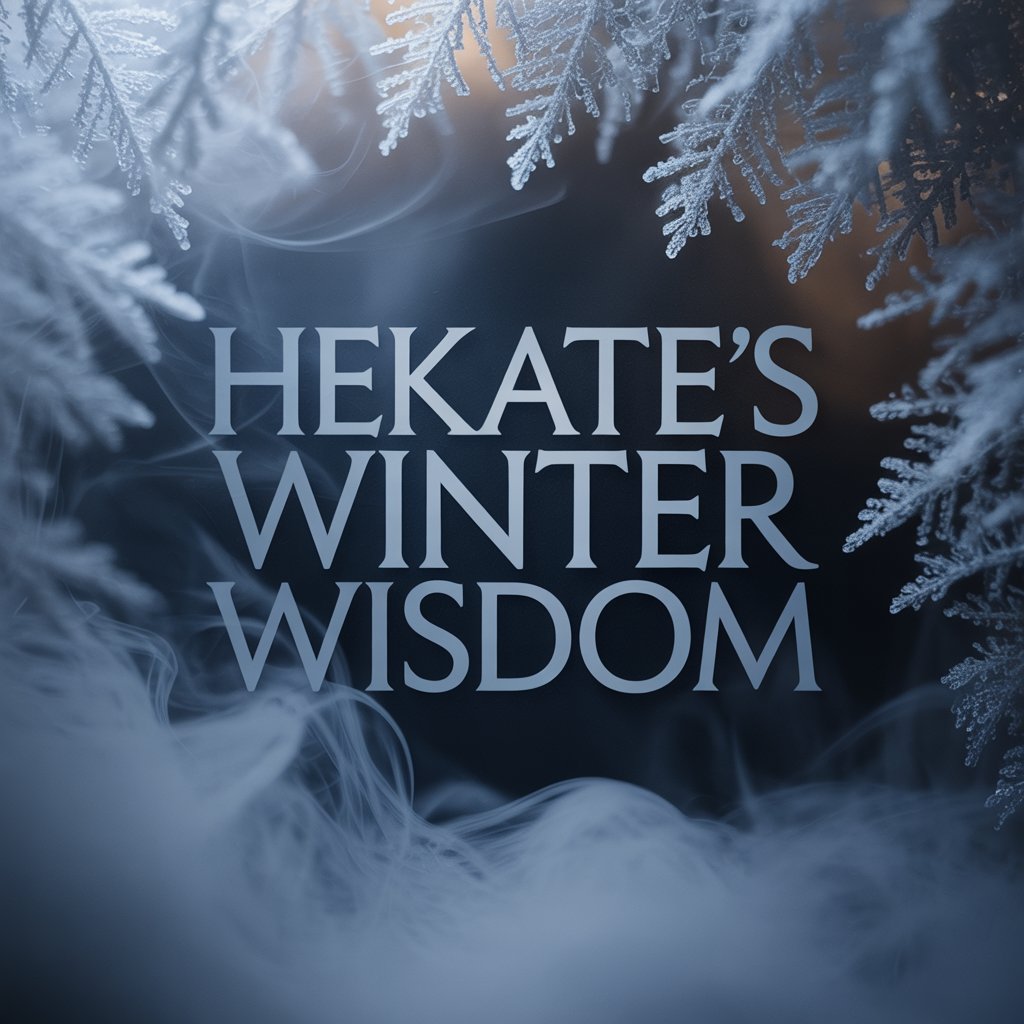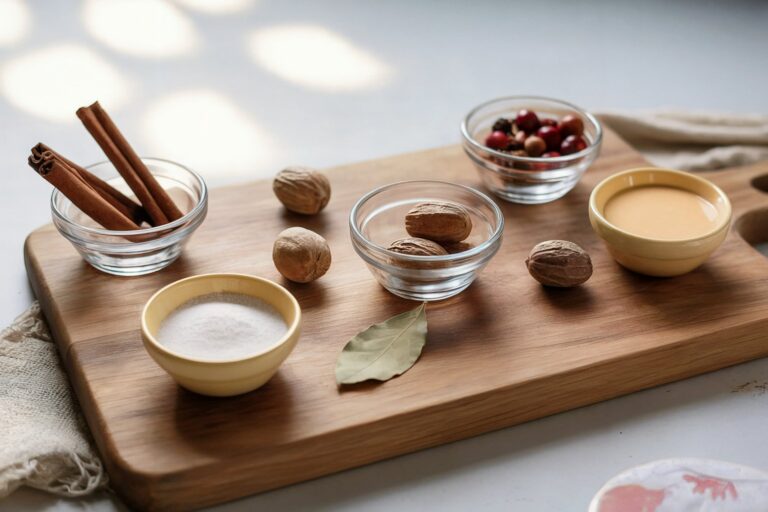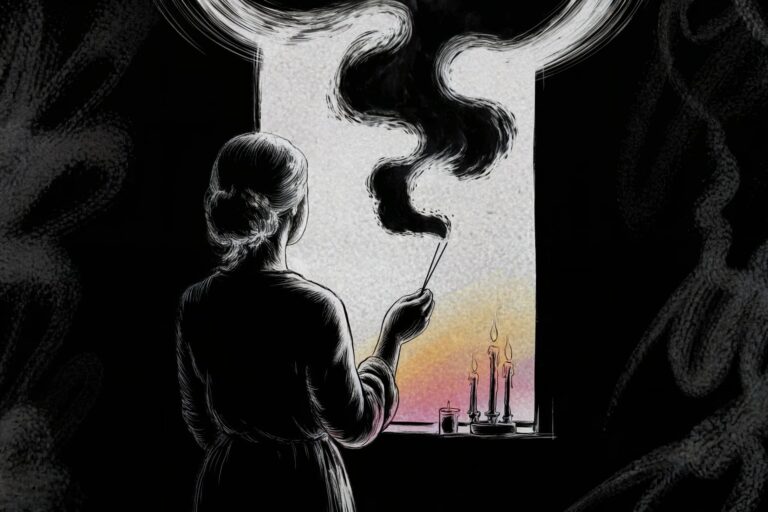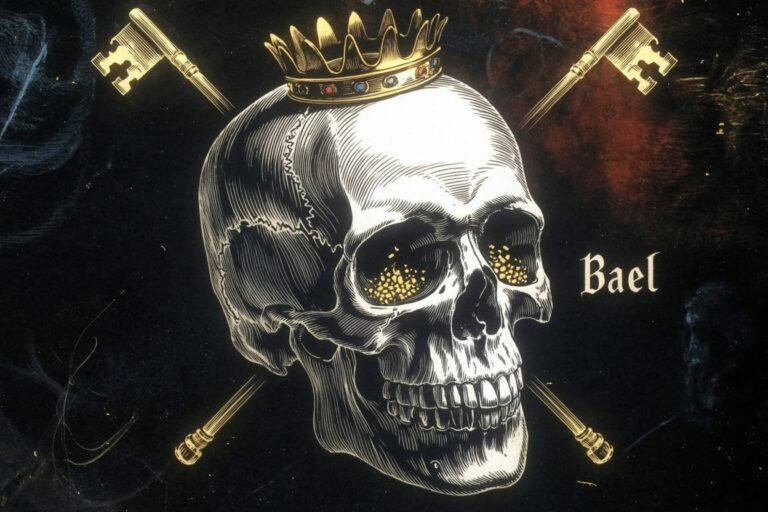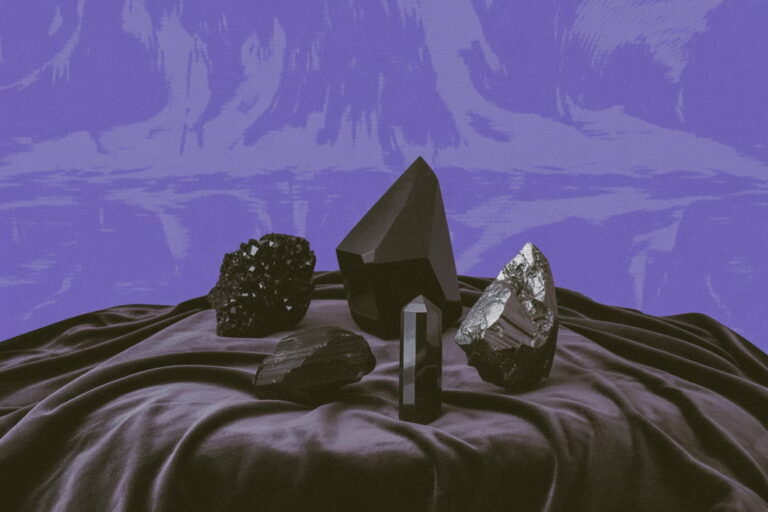The Mythology of Yule: 12 Gods and Goddesses to Know
Please note that posts on this site may contain affiliate links
Yule, celebrated during the winter solstice, is a time of magic, transformation, and deep connection to the cycles of nature. As the longest night gives way to the rebirth of light, cultures throughout history have honored gods and goddesses who embody renewal, life, and the turning of the seasons.
These deities tell powerful stories of rebirth, shadow, and the endurance of light through darkness. Below, we dive into the mythology of 12 Yule-related gods and goddesses to deepen your understanding of this magical season.
Norse Deities of Yule

Odin
Odin, known as the Allfather, is a central figure in Yule celebrations. He leads the Wild Hunt, a spectral procession of spirits and warriors across the winter sky, symbolizing the thin veil between the living and the dead during this season. As a god of wisdom, war, and magic, Odin represents the darker mysteries of Yule.
Many modern witches honor Odin during the winter solstice by incorporating elements of Scandinavian witchcraft into their practices. Feasting, storytelling, and offerings to the land spirits (known as the landvættir) are excellent ways to pay homage to Odin. His symbols, including ravens, wolves, and the spear Gungnir, can be added to your Yule altar to invoke his presence.
Baldur
Baldur is the Norse god of light and purity, making him a perfect figure to honor during Yule. His myth, involving his death by mistletoe and eventual resurrection, mirrors the rebirth of the sun after the solstice. Baldur’s story reminds us of the cycles of life and death and the promise of brighter days to come.
Incorporate Baldur into your Yule rituals by decorating your space with mistletoe, a plant deeply tied to his mythology. Meditate on themes of hope and renewal, asking Baldur for guidance in navigating your personal shadows as you work toward the light.
Frigg
Frigg, the goddess of motherhood and domesticity, embodies the warmth and unity of the hearth during Yule. As Odin’s wife, she also carries the weight of prophecy and wisdom, reminding us of the importance of family bonds and intuition during this reflective season.
Create a Yule altar honoring Frigg with symbols like keys, spinning tools, and the full moon. Perform simple witchcraft rituals for beginners that focus on protecting your home, strengthening familial ties, or enhancing your domestic space with sacred energy.
Freyr
Freyr, a god of fertility, prosperity, and sunshine, is often celebrated during Yule for his ability to bring abundance and peace. He is associated with bountiful harvests and fair weather, embodying the hope for renewal and growth as the earth slowly awakens.
To honor Freyr, include symbols like boars, antlers, and seasonal fruits on your Yule tablescape. Consider giving thanks for the blessings of the past year while setting intentions for prosperity in the next.
Global and Archetypal Figures of Yule
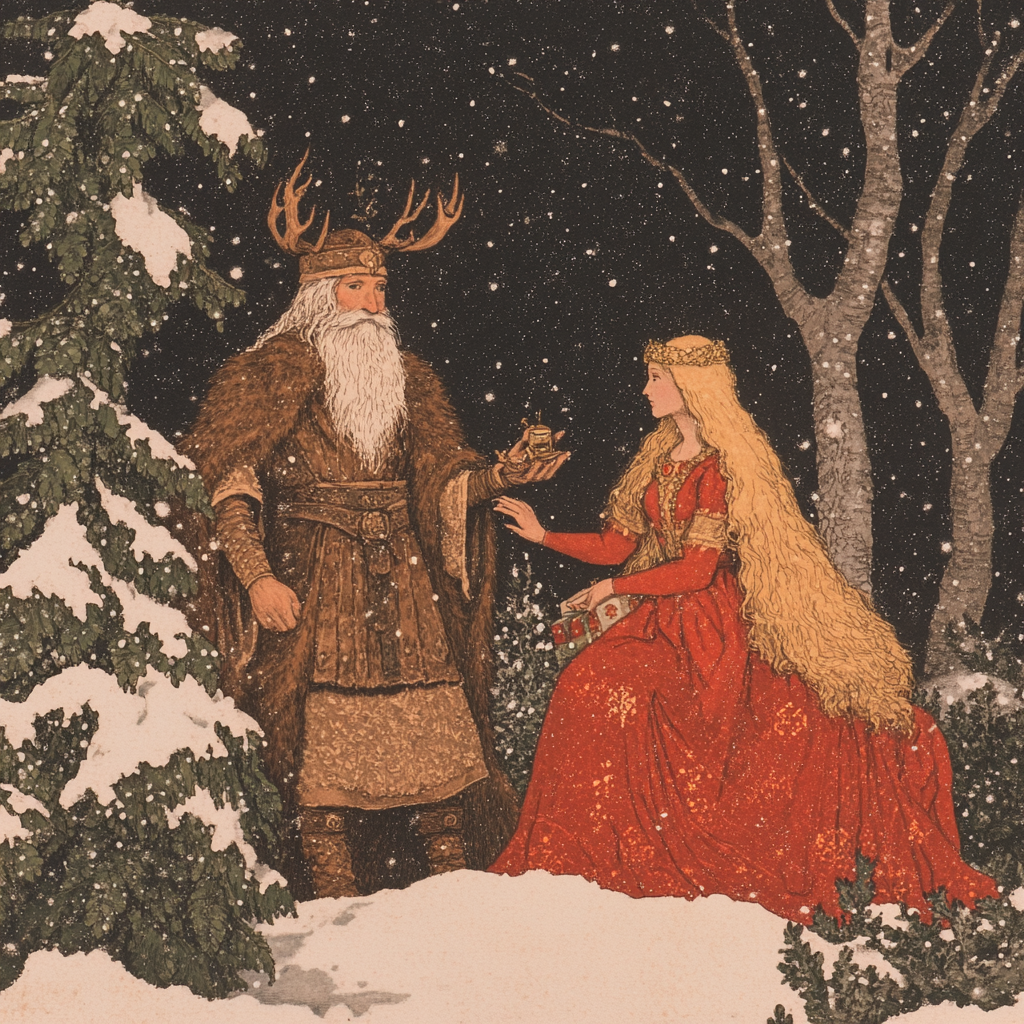
The Holly King and The Oak King
These Celtic and Wiccan figures represent the cyclical battle between darkness and light. During Yule, the Oak King triumphs over the Holly King, symbolizing the return of longer days. Their story reflects the eternal dance between shadow and illumination.
Modern witches often celebrate the Holly King and the Oak King through rituals that dramatize their battle. Craft a Yule wreath using holly and oak leaves to symbolize the transition of power and honor the cycles of the Wheel of the Year.
The Horned God
The Horned God, a central figure in Wiccan spirituality, represents the wild and untamed aspects of nature. His rebirth at Yule symbolizes the renewal of life and the reawakening of natural forces.
To honor the Horned God, include symbols of stags, horns, and solar imagery in your Yule decorations. Meditate on his connection to the cycles of life, death, and rebirth, and consider incorporating naturalistic paganism into your seasonal celebrations.
Amaterasu
Amaterasu, the Japanese sun goddess, is deeply connected to Yule themes of light and renewal. According to myth, she once retreated into a cave, plunging the world into darkness. Her eventual return parallels the sun’s rebirth after the winter solstice.
Incorporate Amaterasu into your Yule rituals by lighting gold and white candles to represent sunlight. Create a mirror ornament for your Yule tree as a nod to her sacred mirror, a key symbol in her mythology.
Bona Dea
Bona Dea, the Roman goddess of fertility and healing, is celebrated in December with rites exclusive to women. Her connection to Yule lies in her embodiment of renewal and abundance, themes that resonate deeply with the season.
Honor Bona Dea by creating a ritual focused on self-care and healing. Use plants like rosemary and lavender, which are associated with her, to craft a spell for personal renewal or to bless your sacred space.

Gaia
Gaia, the Greek personification of Earth, is revered during Yule as the planet rests and prepares for spring. Her nurturing energy reminds us of the importance of gratitude for the earth’s cycles and the promise of renewal.
Create a Gaia-focused altar with fruits, grains, and flowers. Perform a gratitude ritual to honor the earth’s bounty and seek her blessings for the coming year.
Demeter
Demeter, the goddess of agriculture, embodies the themes of Yule through her joy at Persephone’s impending return. Her mythology reflects the cycles of life, death, and rebirth that are central to the season.
Honor Demeter by incorporating wheat, torches, or cornucopias into your Yule celebrations. Use this time to reflect on the seeds you will plant in the coming year, both literally and metaphorically.
Isis
Isis, the Egyptian goddess of magic and motherhood, resonates with Yule’s themes of resurrection and cyclical life. Her role in the rebirth of Osiris mirrors the seasonal return of the sun.
Add symbols like the ankh, sycamore tree, or a throne to your Yule altar to honor Isis. Consider using candle magic to invoke her energy, focusing on themes of transformation and rebirth.
The Great Mother
The Great Mother is a universal archetype of fertility and creation found in cultures worldwide. She represents the life-giving cycles of nature and the nurturing essence of the earth.
Celebrate the Great Mother during Yule with communal feasts or rituals focused on gratitude and abundance. Incorporate symbols like the moon, cauldron, and evergreen plants into your altar to connect with her energy.
| Deity | Culture/Origin | Symbols | Themes |
|---|---|---|---|
| Odin | Norse | Ravens, wolves, spear | Wisdom, magic, death |
| Baldur | Norse | Mistletoe, sun | Light, purity, rebirth |
| Frigg | Norse | Keys, distaff, moon | Motherhood, domesticity, prophecy |
| Freyr | Norse | Antlers, boars, fruit | Fertility, prosperity, sunshine |
| The Holly King | Celtic/Wiccan | Holly, crown | Darkness, waning year |
| The Oak King | Celtic/Wiccan | Oak leaves, acorns | Light, waxing year |
| Amaterasu | Japanese | Mirror, gold | Sunlight, warmth, renewal |
| Bona Dea | Roman | Serpent, cornucopia | Fertility, healing, women’s mysteries |
| Gaia | Greek | Earth, fruits, grains | Nature, motherhood, creation |
| Demeter | Greek | Wheat, torch, cornucopia | Harvest, agriculture, maternal love |
| Isis | Egyptian | Ankh, throne, sycamore tree | Magic, motherhood, resurrection |
| The Horned God | Wiccan | Stag, solar imagery | Nature, wilderness, virility |
| Hekate | Greek | Keys, torches, crossroads | Magic, witchcraft, the underworld |
| Thor | Norse | Hammer, lightning | Protection, storms, strength |
| Persephone | Greek | Pomegranate, torch | Spring, rebirth, the underworld |
| Saraswati | Hindu | Veena, lotus | Knowledge, music, creativity |
| Vesta | Roman | Hearth, fire | Home, family, domesticity |
| Anubis | Egyptian | Jackal, scales | Death, mummification, afterlife |
| Morrigan | Celtic | Crow, shield | War, fate, transformation |
| Tlaloc | Aztec | Water, jaguar, lightning | Rain, fertility, storms |
| Lugh | Celtic | Spear, sun, craftsmanship | Skill, harvest, light |
| Yemaya | Yoruba | Shells, ocean waves | Motherhood, water, nurturing |
| Shango | Yoruba | Double axe, fire | Lightning, justice, power |
| Ixchel | Mayan | Rainbow, moon | Fertility, medicine, water |
| Brigid | Celtic | Fire, well, poetry | Inspiration, healing, the hearth |
| Sun Wukong | Chinese | Staff, monkey imagery | Trickery, transformation, strength |
| Pele | Hawaiian | Volcano, fire, lava | Creation, destruction, passion |
| Selene | Greek | Moon, crescent | Night, dreams, intuition |
| Charon | Greek | Oar, boat | Passage, the underworld, transition |
| Sekhmet | Egyptian | Lioness, sun disk | War, healing, strength |
The mythology of Yule is made up of interconnected stories, each celebrating the triumph of light over darkness and the enduring cycles of nature. By exploring these deities and their rich histories, you can deepen your Yule celebrations and spiritual practice. Whether through rituals, altars, or meditations, honoring these gods and goddesses will help you embrace the magic of the winter solstice and connect with the transformative energy of the season.

A Witch’s Guide to Setting Goals and Achieving Them in the New Year
Infuse your New Year’s resolutions with magic using ‘A Witch’s Guide to Setting Goals and Achieving Them in the New Year‘ for just $4.99—harness lunar phases, planetary days, and monthly correspondences for powerful goal setting.
Traditional Yule Cookies with Cinnamon, Nutmeg, and Bay Leaf for Solstice Prosperity Magic
You’re standing in a warm kitchen making cookies while the world outside reaches its darkest…
Tips For Working With Lucifer During The Winter Solstice
Winter solstice timing makes sense for working with Lucifer when you look at what’s actually…
White Altar Decor For Yule
A white altar for Yule gives you a clean slate at the darkest point of…
Making Your Own Sacred Yule Log (Because Store-Bought Ones Are Basically Expensive Sticks)
Look, I’m going to be honest with you. That $60 “handcrafted artisanal Yule log” at…
Honoring Hekate During Cold Winter Months
Frost crystals form perfect geometric patterns on your front door glass. Hekate shows up in…
What Is Yule? A Complete Guide to the Winter Solstice Celebration
The frost-kissed air carries whispers of ancient celebration, and golden candlelight flickers against evergreen boughs…

